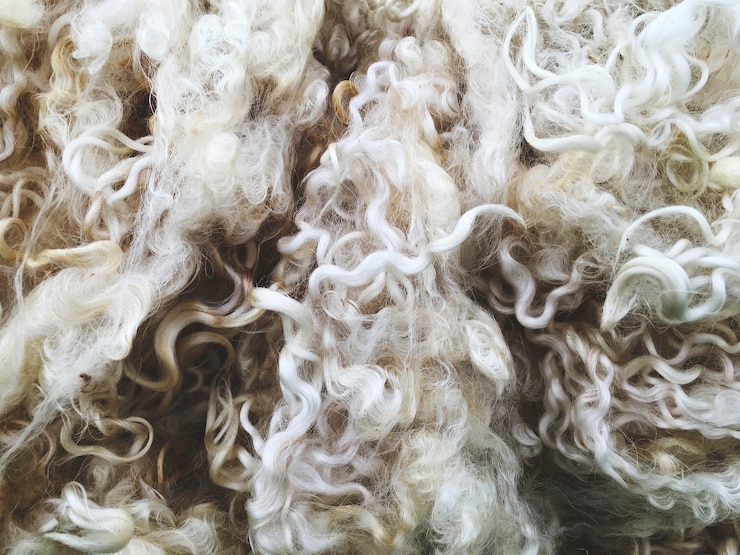Speciality fiber production, particularly from alpacas and angora rabbits, can be an interesting and potentially lucrative venture in South Africa. Both alpaca and angora fiber are highly prized for their softness, warmth, and luxurious feel, making them sought after in the textile industry. Here’s a general overview of speciality fiber production from alpacas and angora rabbits in South Africa:
- Selecting the Breed: The first step is to choose the appropriate breed of alpacas and angora rabbits for fiber production. In the case of alpacas, there are two main types: Huacaya and Suri. Huacaya alpacas have fluffy, dense fleeces, while Suri alpacas have long, silky, and lustrous fibers. Angora rabbits, on the other hand, are known for their long, soft, and silky wool.
- Farm Setup and Management: Establishing a suitable farm is crucial for successful fiber production. The farm should have adequate space for grazing, shelters to protect the animals from extreme weather conditions, and proper fencing to ensure their safety. Additionally, regular feeding, grooming, and veterinary care are essential for maintaining the health and quality of the animals.
- Fiber Harvesting: Alpacas and angora rabbits produce fiber through annual shearing. Alpaca fiber is typically harvested once a year, while angora rabbits may be shorn every three to four months. Special care should be taken during shearing to ensure the fibers are not damaged or contaminated.
- Fiber Sorting and Processing: After shearing, the fiber needs to be sorted and graded based on its quality and characteristics. This process involves removing any debris, separating the different fiber grades, and assessing the fiber’s fineness, length, and color. Once sorted, the fiber can be processed through various methods, such as carding, spinning, and dyeing, to transform it into yarn or finished textile products.
- Marketing and Sales: To commercialize the specialty fiber, establishing a strong marketing and sales strategy is essential. This can involve targeting textile manufacturers, luxury brands, and artisans who value high-quality natural fibers. Participating in fiber fairs, trade shows, and online platforms can also help promote and sell the fiber and its related products.
It’s important to note that the South African climate may pose some challenges for alpaca and angora fiber production, as these animals are native to colder regions. Careful consideration should be given to providing suitable environmental conditions, such as shade and ventilation, to ensure the animals’ well-being.
Additionally, compliance with animal welfare standards, such as proper handling and ethical shearing practices, is crucial for maintaining the reputation of your fiber business.
Before embarking on a speciality fiber production venture, it is advisable to conduct thorough market research, develop a comprehensive business plan, and seek advice from experienced professionals or organizations within the industry. This will help ensure a sustainable and successful operation.
Join 'Farmers Mag' WhatsApp Channel
Get the latest Farming news and tips delivered straight to your WhatsApp
CLICK HERE TO JOIN






